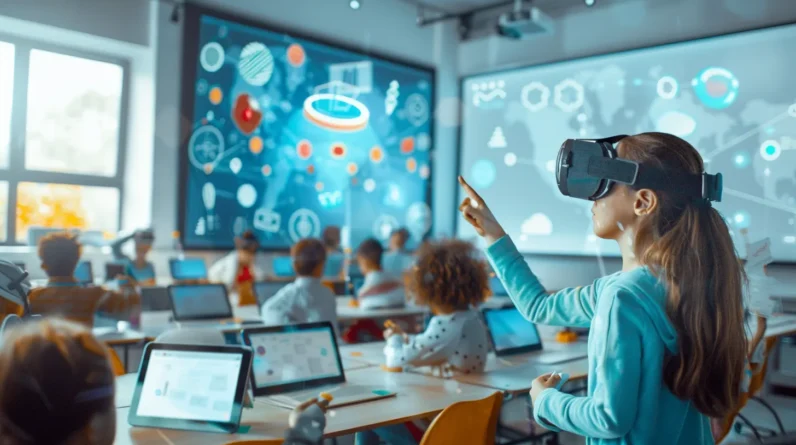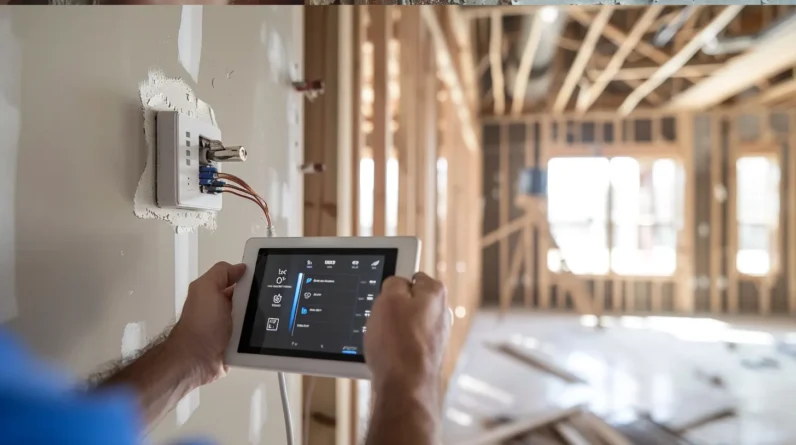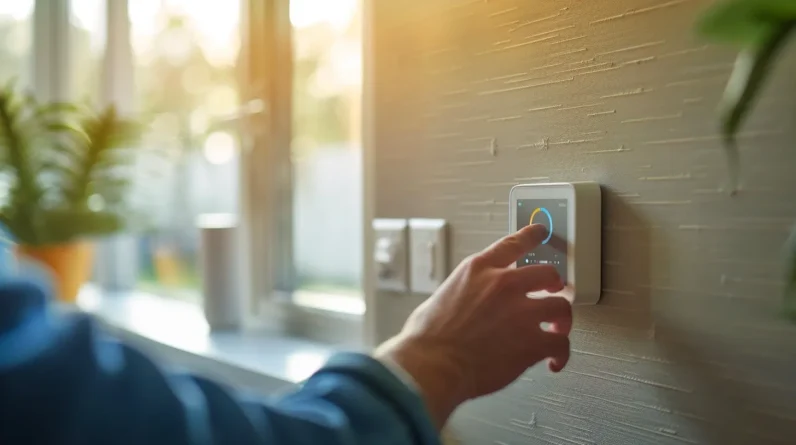
In our modern educational setting, technology plays a pivotal role in smart classrooms, transforming the conventional approach to teaching and learning. With interactive tools, multimedia resources, and real-time analytics, educational efficiency is greatly enhanced, catering to the diverse needs of students. These smart classrooms not only engage learners but also facilitate personalized learning experiences, empowering both students and educators to excel. The incorporation of technology in education is a dynamic process that leads to innovative ways of enhancing educational efficiency with continuous advancements.
The Role of Technology in Education
In today’s educational landscape, technology serves as a catalyst for transformative learning experiences. With the incorporation of smart devices, students can engage with course material in dynamic ways that were previously unimaginable.
Interactive whiteboards, digital textbooks, and educational apps all contribute to a more immersive and interactive learning environment. These tools not only enhance student engagement but also cater to diverse learning styles, making education more inclusive and effective.
Moreover, technology enables instant access to a wealth of information, allowing students to conduct research and collaborate with peers easily. By embracing technology in education, we pave the way for a more efficient and innovative learning experience that prepares students for success in the digital age.
Benefits of Smart Classrooms
Amid the educational landscape’s evolution, smart classrooms revolutionize traditional learning methods by maximizing technological integration and enhancing educational efficiency. Smart classrooms offer a multitude of benefits that cater to the ever-changing needs of modern education:
– Increased Engagement: Interactive tools and multimedia resources capture students’ attention, fostering a more engaging learning environment.
– Personalized Learning: Adaptive technologies allow for individualized instruction, catering to each student’s unique learning style and pace.
– Data-Driven Insights: Real-time analytics provide educators with valuable data on student performance, enabling targeted interventions and continuous improvement strategies.
These advantages not only enhance the learning experience but also pave the way for a more effective and efficient educational journey.
Implementing Interactive Learning Tools
Maximizing the benefits of smart classrooms, the inclusion of interactive learning tools propels educational engagement and customization to unprecedented levels. These tools, ranging from interactive whiteboards to virtual simulations, foster active participation and critical thinking skills among students.
By allowing real-time collaboration and feedback, students can engage with course material in a dynamic and immersive manner, enhancing their understanding and retention. Additionally, interactive learning tools enable educators to tailor lessons to individual learning styles, providing personalized learning experiences that cater to diverse student needs.
With the incorporation of these tools, the educational landscape is evolving towards a more engaging, interactive, and effective learning environment that empowers both students and teachers to achieve higher levels of academic success.
Overcoming Challenges in EdTech Integration
Traversing the intricate landscape of educational technology integration presents educators and institutions with multifaceted challenges that require strategic planning and adaptability. When overcoming these hurdles, we must consider:
– Resistance to Change: Addressing apprehension towards new technology among educators.
– Digital Equity Disparities: Ensuring all students have equal access to technology resources.
– Data Security Concerns: Safeguarding sensitive information and maintaining privacy.
Future Trends in Educational Technology
Embracing emerging technologies in education propels us towards a dynamic landscape of learning possibilities and enhanced student engagement. The future of educational technology promises exciting advancements that will revolutionize how we teach and learn.
Artificial intelligence and machine learning are set to personalize education, offering tailored learning experiences to each student. Virtual and augmented reality will transport learners to immersive educational environments, making abstract concepts tangible. Gamification, through interactive and engaging elements, will further motivate students towards active participation.
Moreover, the Internet of Things will create interconnected learning ecosystems, enhancing collaboration and communication among students and educators. Embracing these trends requires a proactive approach to adapt and integrate technology seamlessly into the educational experience, ensuring that we equip students with the skills needed for success in the digital age.
Conclusion
To sum up, the smart classroom seamlessly integrates technology to enhance educational efficiency. By utilizing interactive tools and overcoming challenges in EdTech integration, students and teachers alike benefit from a more engaging and effective learning environment.
As we look towards future trends in educational technology, the possibilities for innovation and advancement are endless. The smart classroom is truly revolutionizing the way we teach and learn, fostering a dynamic and interactive educational experience for all.







